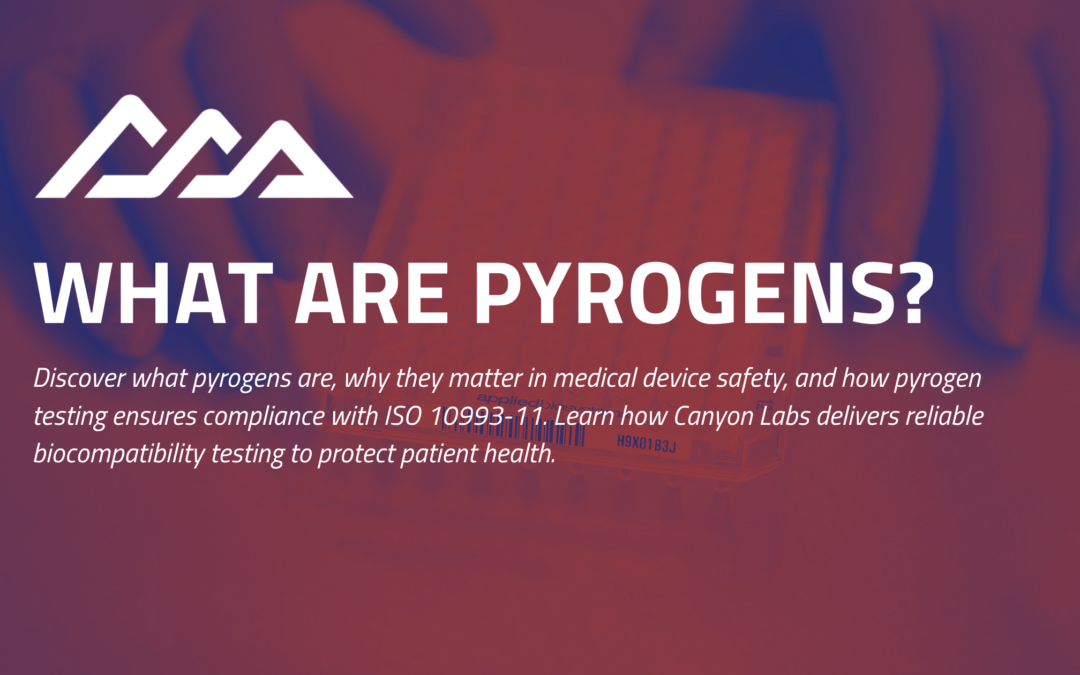Pyrogens are toxins, often derived from chemicals or bacteria, that can trigger fever when introduced into the body. These substances pose significant risks to patient health, making their detection a vital step in evaluating the safety of medical devices and pharmaceutical products.
How Is Pyrogen Testing Performed?
Pyrogen testing is conducted in vivo to detect the presence of various endotoxins and other fever-inducing substances. While bacterial endotoxin testing (BET) can be performed in vitro, it is limited to detecting only bacterial endotoxins. Pyrogen testing, on the other hand, provides a broader assessment, capable of identifying multiple types of chemical pyrogens. Under ISO 10993-11 standards, pyrogen testing is also used to evaluate whether extractables and leachables from medical devices could induce a febrile reaction, ensuring comprehensive safety assessment.
Detecting pyrogens is crucial to:
- Preventing adverse reactions, such high fever in compromised patients.
- Complying with regulatory requirements for safety and efficacy.
- Ensuring the trust and well-being of patients and healthcare providers.
Canyon Labs: Raising the Standard in Biocompatibility Testing
At Canyon Labs, we provide rigorous pyrogen testing as part of our comprehensive biocompatibility services. Our team leverages industry-leading expertise to deliver reliable results, ensuring your products meet the highest safety standards

